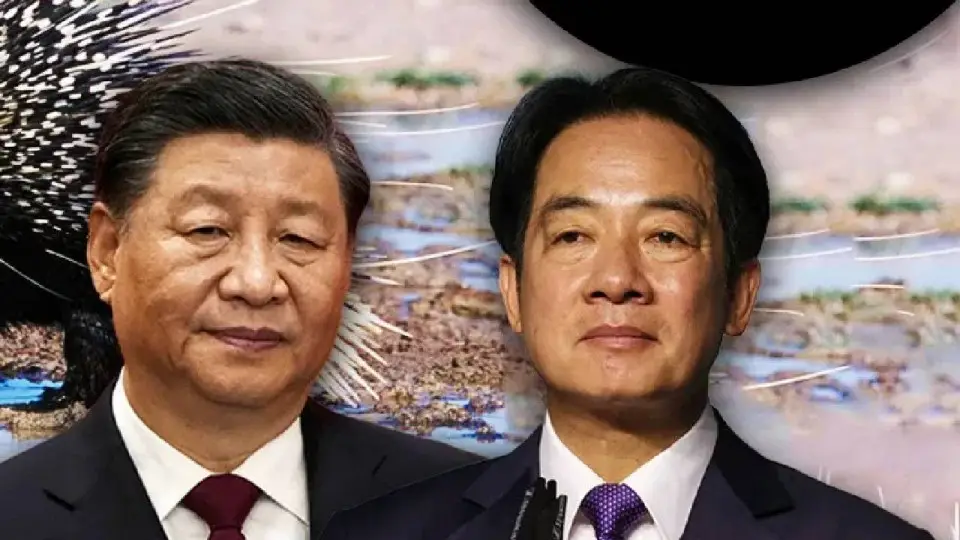
Taiwan Sharpens (Taiwan’s thorny )
International News: Tensions in East Asia continue to rise, and Taiwan is shaping a defense plan modeled after the porcupine. Like the animal’s sharp quills that pierce attackers, Taiwan’s weapons aim to wound and frustrate China. The idea is not outright victory against Beijing’s massive forces but to make each step of invasion dangerous. Global analysts view this as a small island nation’s clever tactic to balance overwhelming odds and keep survival possible even in crisis.
Military expert Philip Ingram explains that Taiwan’s strategy is asymmetric defense. The island knows it cannot match China’s People’s Liberation Army in numbers or size. Instead, it wants to drag out the conflict and inflict high damage. If invading Taiwan looks too expensive and unpredictable, Beijing may retreat before achieving its goals. This thinking transforms weakness into deterrence, ensuring that Taiwan’s existence cannot be erased in a swift strike.
Taiwan’s first line of protection lies in its air force. To counter China’s missile salvos and aerial strikes, Taiwan has modernized its F-16 Viper jets. These advanced fourth-generation fighters are joined by Mirage 2000s from France and homegrown jets. Their mission is simple yet vital: maintain control of Taiwan’s skies and block China’s opening attacks. This aerial shield gives Taiwan crucial breathing space in the earliest hours of any conflict.
Alongside the air force, Taiwan’s navy plays a decisive role. Its mission is to stop China’s fleet in the Taiwan Strait and keep supply lines open. Naval defenses include minefields that trap enemy vessels and submarines that silently strike. U.S.-supplied frigates and destroyers boost this effort, while the Tuo Chiang-class corvettes—small, fast, and deadly—act as lethal hunters. Together, they form a tight maritime net that makes Chinese dominance in the waters far from guaranteed.
The backbone of the porcupine plan is Taiwan’s missile network. Long-range systems can reach deep into Chinese bases, while shorter-range ones can shred approaching ships and aircraft. These weapons serve as the “quills” that inflict pain on Beijing. For Taiwan, the ability to hit back hard ensures that China pays a steep price, forcing leaders in Beijing to weigh whether invasion is truly worth the bloodshed.
Taiwan’s strategy reflects a clear understanding: it cannot outgun China, but it can out-think it. By combining air, sea, and missile defenses, Taiwan creates layers of difficulty for invaders. Each shield adds friction, delay, and losses for the attacker. Analysts compare it to fighting in a thorny jungle, where every step leads to cuts and resistance. This layered defense ensures Taiwan’s survival strategy is not about winning battles but denying China easy victories.
While the world’s focus often shifts to Ukraine or Gaza, Taiwan remains a flashpoint with global consequences. Any clash here would disrupt trade, technology supply chains, and regional stability. The porcupine strategy is not just Taiwan’s shield—it is also a warning to the world about the price of Chinese aggression. If the quills succeed, Taiwan’s survival may inspire other small nations to resist larger powers through creativity and determination.













Copyright © 2025 Top Indian News
